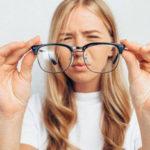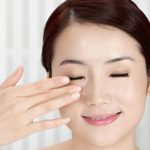How to Properly Use a Desk Lamp to Prevent Nearsightedness in Children

Using a desk lamp to protect against nearsightedness is a common practice among parents. However, it is important to understand that if not used correctly, these lamps can actually contribute to nearsightedness. Many parents often overlook the technical specifications and simply invest large amounts of money in these lamps.
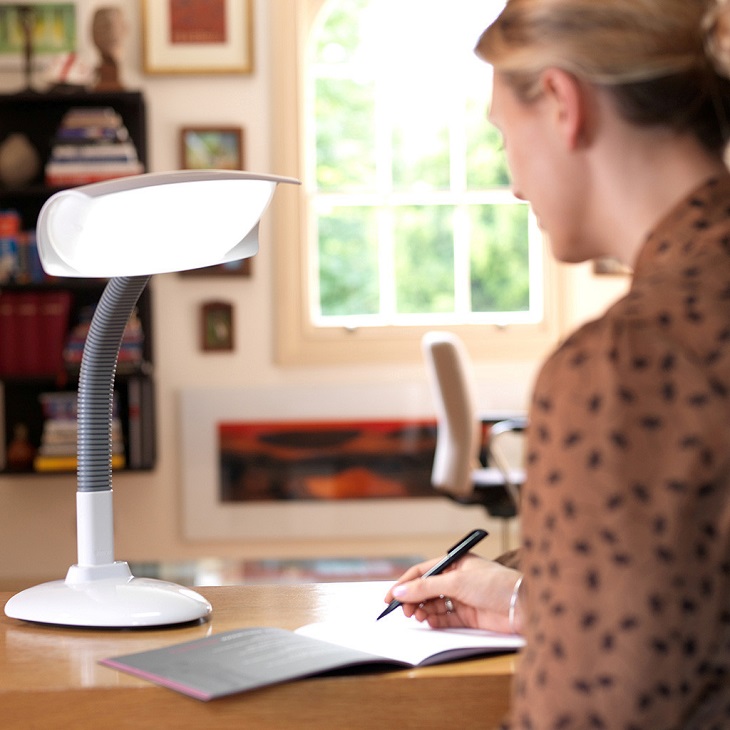
A desk lamp designed to protect vision and prevent nearsightedness should have guaranteed light quality, providing the most suitable lighting environment with minimal impact on the eyes during the learning process. However, this does not mean it can completely eliminate the risk of nearsightedness. Prolonged use of a desk lamp with excessively strong light intensity can strain the eyes and eventually lead to nearsightedness.
How to Properly Use a Desk Lamp to Protect the Eyes and Limit Nearsightedness
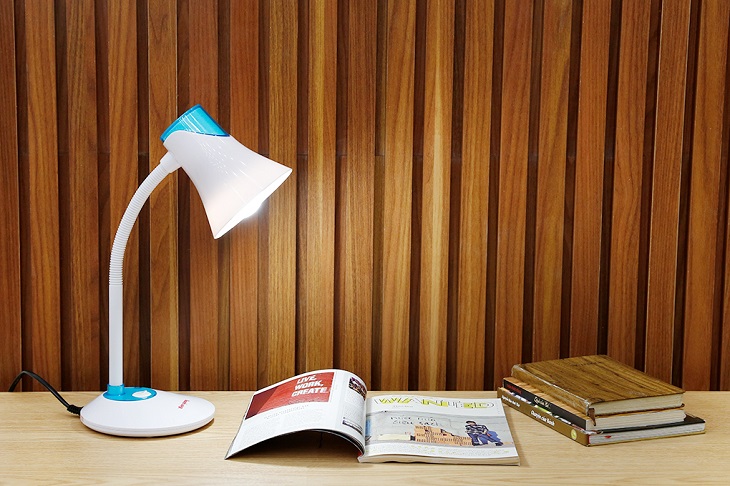
- Avoid placing the light emitting part of the lamp at eye level to prevent eye strain. Instead, position it at an angle of 80-90 degrees from the desk surface.
- Place the lamp at an appropriate height, neither too high nor too close, to prevent glare.
- Only purchase lamps from reliable stores to ensure quality and receive the best advice.
- Choose a desk lamp with yellow light (3000-3500k) or neutral light (4000-4500k) as these colors provide gentle lighting without causing glare like white light (6000k-6500k).
- Opt for a lamp body color that is not too flashy to reduce eye strain when in contact with the lamp.
- Use the desk lamp in conjunction with other light sources in the room to help the eyes adjust and prevent fatigue.
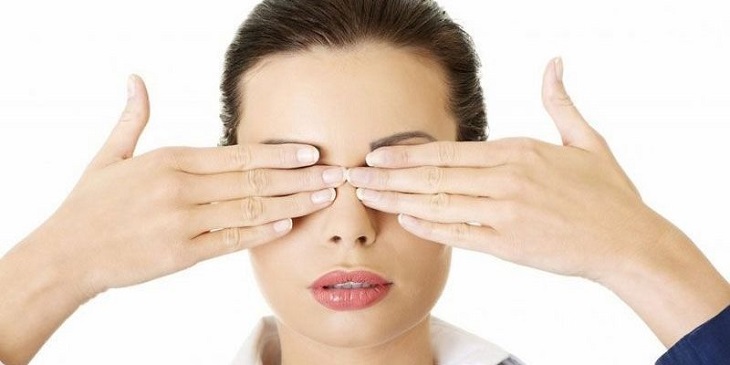
- If possible, utilize natural light during the day instead of relying solely on the desk lamp, as natural light is the best source for the eyes.
- When using the desk lamp to read or study at night, avoid overusing it as prolonged exposure can strain the eyes and cause harm.
- Take breaks, turn off the desk lamp, and rest your eyes to prevent fatigue when using it for extended periods of time.
- Regularly clean the desk lamp using a soft dry cloth to ensure the longevity of the light source and increase the lifespan of the bulb (remember to unplug the power cord before cleaning).
We hope that the above information has provided you with guidance on how to properly use a desk lamp without negatively impacting your eyes. If you have any questions, please feel free to leave a comment for prompt assistance!
Solving the Mystery of Wild Eye: Wearing Glasses for Rabies Eye and Treatment Options
Do you regularly experience uncomfortable and itchy eyes while wearing glasses? It may be due to a phenomenon known as “Rabies Eye” – but fortunately there are ways to tackle it! Dien May XANH is here to provide information on the causes of this phenomenon and the solutions you can take to reduce its effects. Read on to find out more!
Tips for Relief from Eyestrain and Dry Eyes Resulting from Prolonged Screen Use
Do you ever feel like your eyes are overworking? This is a common symptom of eye strain, which can include temporary blurred vision and dryness of the eyes. Read on with Dien May Xanh to get tips on how to cope with eyestrain and dryness in the eyes that comes with prolonged use of laptops, computers, and phones.

























